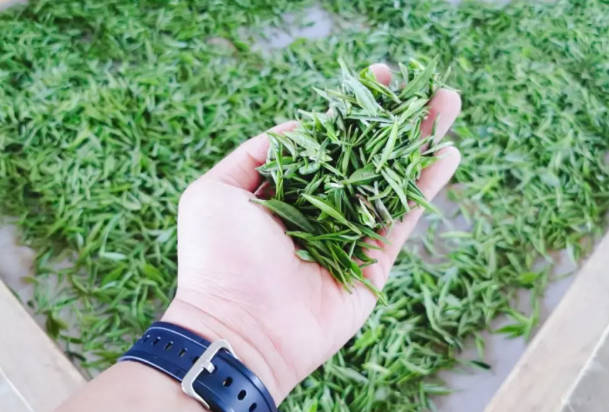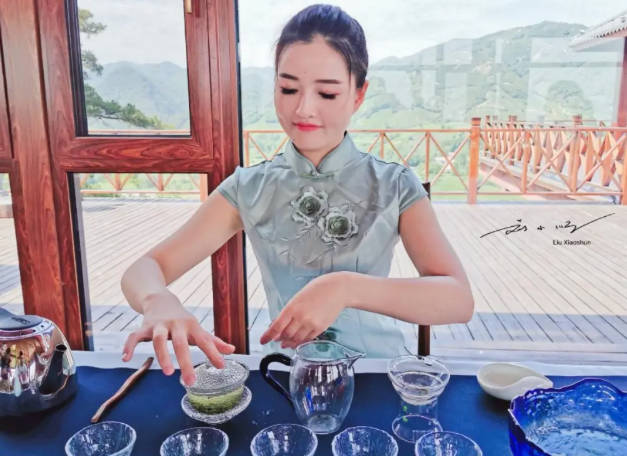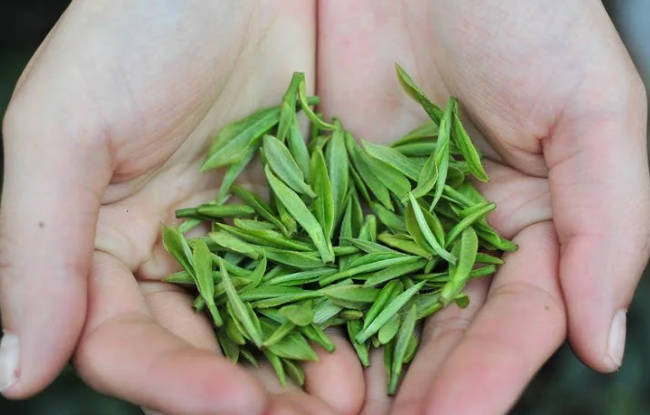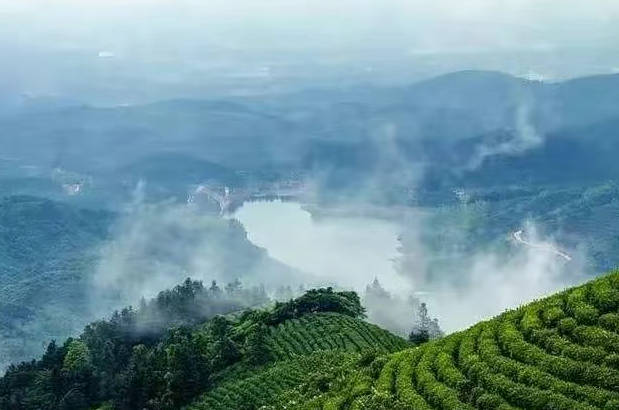Xinyang Maojian Tea: China’s Best Green Tea Guide
When mentioning Xinyang, Henan, many people immediately think of “Xinyang Maojian.” It is hailed as the “King of Green Tea,” one of China’s Ten Famous Teas, and enjoys international renown. In 1915, Xinyang Maojian and Guizhou Maotai jointly won a gold medal at the Panama-Pacific International Exposition, thereby gaining worldwide fame.

The Origin and History of Xinyang Maojian
Xinyang Maojian, also known as “Yu Mao Feng,” is primarily produced in the Shih River District, Pingqiao District, and Luoshan County of Xinyang City. It was created by local Han Chinese tea farmers. During the early years of the Republic of China, due to the exceptional quality of the Maojian produced by the Five Tea Societies, it was officially named “Xinyang Maojian.”

Visiting the Wenxin Tea Estate: Experiencing Tea Picking and Processing
In Xinyang, we visited the renowned “Wenxin Tea Estate” to gain an in-depth understanding of the production process of Xinyang Maojian.
- Picking: Xinyang Maojian has extremely high requirements for picking, as weather conditions and picking techniques can significantly impact tea quality. Tea pickers carefully select tender buds to ensure the freshness of the leaves.
- Sorting: Fresh tea leaves are sorted by size and quality, with smaller buds and leaves indicating higher quality.
- Frying and Roasting: Tea masters use traditional techniques to fry the leaves, then roast them with smokeless charcoal to remove moisture, ultimately producing the finished product.

Tea Tasting: The Unique Charm of Xinyang Maojian
After touring the production process, we finally arrived at the most important part—tea tasting.
- Tea Ceremony Performance: Accompanied by Hanfu dancers and ancient zither music, the tea master demonstrated the art of brewing Xinyang Maojian.
- Tea broth characteristics: After brewing, the tea broth is slightly cloudy with many tiny white hairs floating in it. At first, we were puzzled, but local tea enthusiasts explained that these white hairs are the nutritional essence of Xinyang Maojian. The “richer” the tea broth (the more white hairs), the better the quality.

How to identify high-quality Xinyang Maojian?
Remember three key points:
- Small leaves—the smaller the buds and leaves, the higher the quality.
- Mild flavor—a delicate and fragrant taste upon entry, with a sweet aftertaste.
- Rich broth—the more white hairs in the tea broth, the fresher the tea leaves and the richer the nutrients.

Conclusion: An unforgettable tea culture journey
This trip to Xinyang opened our eyes to the depth of knowledge behind a good cup of tea. Xinyang Maojian truly lives up to its reputation as the “King of Green Tea,” with its unique taste and rich cultural heritage leaving a lasting impression. If you ever visit Henan Province, be sure to try this legendary tea!
Translated with DeepL.com (free version)





